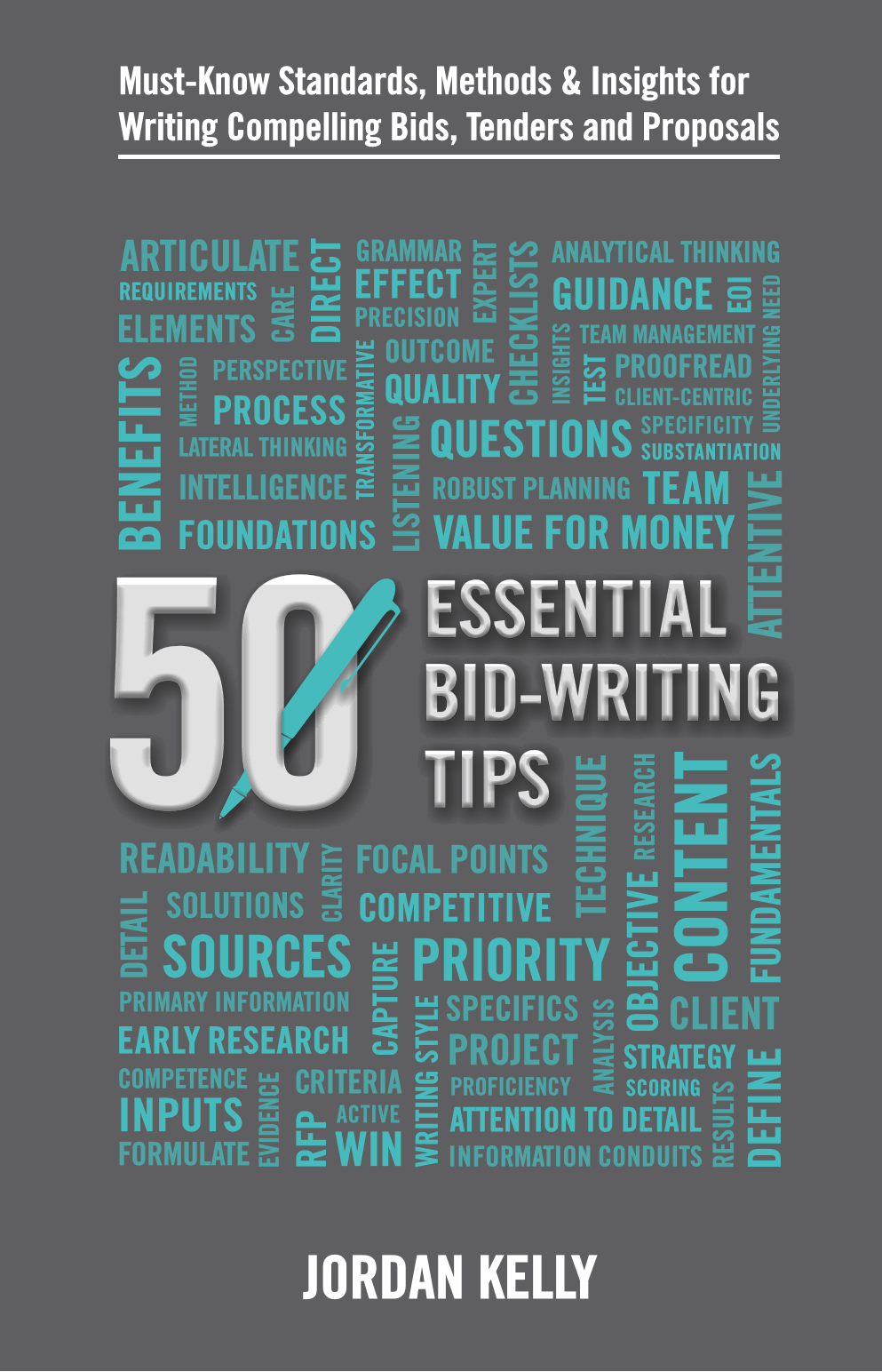CATEGORIES:

In Part One of this article, I shared my knowledge of the habits of writers who achieve "super-human" levels of productivity.
I also shared the modus operandi that enabled me to push out 17 books in three years, while keeping on top of my daily consulting and coaching commitments.
I trust the first three insights I provided in Part One are proving of value to those readers whose professional/business goals stand to be expedited, in part at least, by an increase in their writing proficiency.
Here are a further four tips:
1) Establish A ‘No-Go Zone’ or No-Go Times
In line with the “No. 1 habit” I rolled out in Part One (‘Seek Solitude’), set in place times during which you represent an “emergency-access-only zone”.
Don’t permit an attitude (in yourself or in others) that “you’re only writing” and therefore can be freely interrupted or pulled sideways.
Place a priority on your writing time and communicate that to whatever parties need to know it.
2) Identify Your Best ‘Focus’ Time
To increase the effectiveness of your “No-Go” time slot strategy, work out the intersection of your biologically most productive window, with that time of the day or night when you normally experience the least number of “urgent” demands on your attention.
3) Straighten Out the Kink and Get ON With It
I read a quote by an author to the effect that, “When something’s troubling you and you can’t get started with your writing, it can block your creativity like a kink in a hose.”
If the kink in your hose is something that can be quickly and easily addressed (like sending a particular email), put your writing project on hold for just long enough to straighten out the knot and then get back into it.
4) Don’t Surrender to ‘Writer’s Block’
To repeat advice I’ve given in other articles on Pursuits Academy:
Start. Just start. Don’t wait for inspiration.
I started out in my professional life as a cadet reporter. When you’re writing for a daily newspaper, one of the most important skills you have to acquire is the ability to craft a great “lead-in” i.e. to grab the reader and draw him in.
No matter how much you hone this particular aspect of the craft though, you can still sit and sweat over your introductory paragraph for ages.
I soon learned that the best way is (after you’ve mapped out your basic structure) to simply start writing the piece . . . The best lead-in usually reveals itself during the course of the exercise. Thus, you can go back and write it / work on it / re-write it later – crafting it to perfection if you will. But you won’t have let it stymie your overall progress.
I recommend you use the same “push on with it regardless” approach in your written pieces.
In the third and final Part of this series of recommendations on super-productivity, I’ll give you a window into how multiple-title non-fiction authors (of which I’m one) maintain a steady flow of published books (often while running some form of business in parallel).
ESSENTIAL BID-WRITING TIPS
Must-Know Standards, Methods & Insights for Writing Compelling Bids, Tenders and Proposals
(Book)
This 220-page, high-quality paperback production features 50 mini-lessons to ensure both your professional writers and your contributing subject matter experts produce client-centric, substance-based submission content.
Available individually or as a six-pack (6 for the price of 5).
BID-WRITING LESSONS FROM THE WORLD'S GREATEST AUTHORS

(Book)
This illuminating (and fun) little read is an assembly of the enduring and pithily expressed wisdom of over 100 authors, strategists, philosophers and other accomplished figures.
It features 47 smart little lessons yours truly, on Research, Thinking & Strategy, on Writing, and on Editing, Re-Writing, Practice & Perfection – reinforcing the timeless advice of these sages.
Well worth putting one on the desk of everyone in your writing team.



